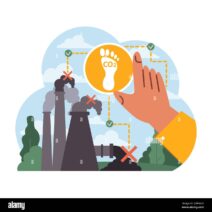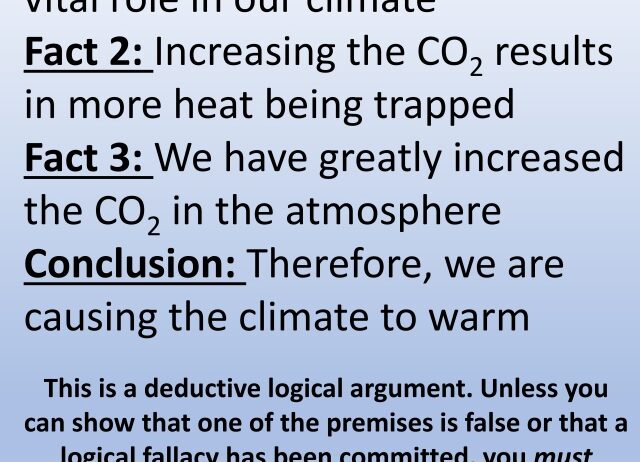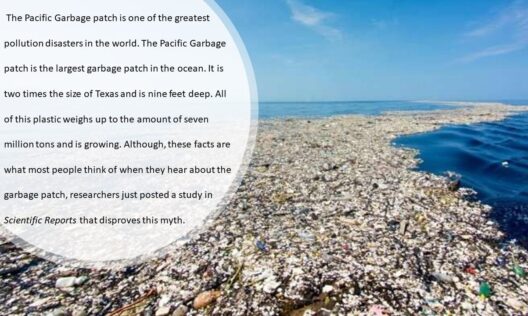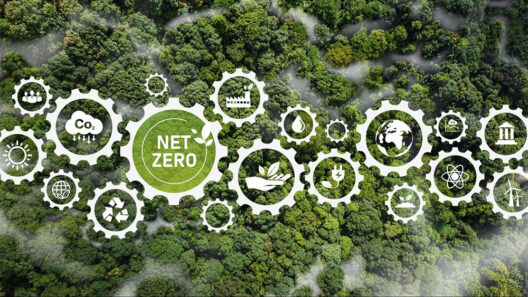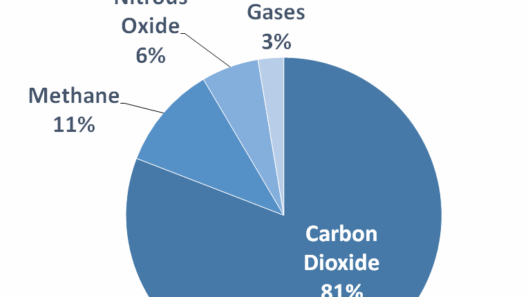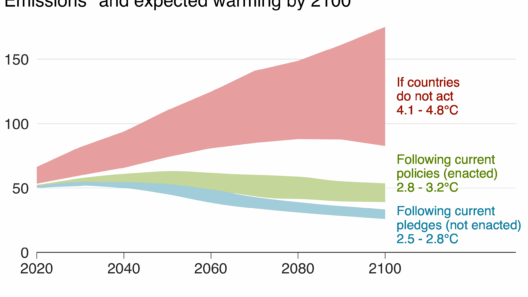Global warming, a term that has permeated public discourse and scientific literature alike, refers to the long-term rise in Earth’s average surface temperature due to human activities, predominantly the emission of greenhouse gases. This phenomenon is not merely subject to conjecture; it is underpinned by a robust corpus of scientific evidence that affirms its reality. The question thus arises: How do we, as a global society, ascertain that global warming is indeed a legitimate and pressing issue?
First and foremost, the correlation between rising atmospheric carbon dioxide levels and global temperatures cannot be overstated. Empirical data illustrates that since the late 19th century, atmospheric CO2 concentrations have surged from approximately 280 parts per million to over 400 parts per million in recent years. This growth is intrinsically linked to anthropogenic activities such as the burning of fossil fuels, deforestation, and industrial processes. Ice core samples extracted from Greenland and Antarctica provide a historical perspective, revealing that current CO2 levels far exceed those of the past 800,000 years. The intimate association between CO2 levels and temperature is a foundational pillar of climate science.
Moreover, the phenomenon of the global temperature rising is documented through an array of sophisticated measurement techniques. Global surface temperature data, collated by multiple independent organizations like NASA and the National Oceanic and Atmospheric Administration (NOAA), indicates that the last decade has seen some of the warmest years on record. This trend aligns with climate models that predict temperature increases as greenhouse gas emissions escalate. Such consistency yields confidence in the relationship between human activity and climate change.
In addition, the impact of climate change is observable in our immediate environment. The frequency and intensity of extreme weather events, such as hurricanes, heatwaves, and droughts, have markedly increased in the context of a warming planet. The Intergovernmental Panel on Climate Change (IPCC) clearly outlines these trends in its assessment reports, utilizing extensive data to substantiate claims that our climate is undergoing unprecedented changes. The climatic alterations not only affect natural ecosystems but also pose significant risks to human health, agricultural practices, and water resources.
Climate models provide yet another layer of assurance regarding the realities of global warming. These complex algorithms simulate the Earth’s climatic responses to varying levels of greenhouse gases. By juxtaposing model predictions against actual climate outcomes, scientists can refine their understandings and enhance the credibility of their projections. Multiple studies have concluded that these models provide a consistent narrative that supports the concept of anthropogenic climate change. The convergence of evidence from different methodologies strengthens the conclusion that global warming is real and demands immediate action.
The melting of polar ice caps serves as a glaring visual cue of climate change. Satellite imagery has documented a dramatic decline in Arctic sea ice and the Antarctic ice sheets over the past several decades. This loss is more than just an aesthetic concern; it contributes to rising sea levels, which threaten coastal regions globally. As the Earth absorbs more heat due to greenhouse gas emissions, the thermal expansion of seawater and the melting of land-based ice contribute significantly to sea level rise. Such observable effects of warming are alarming and underscore the urgency of the issue.
Furthermore, the concept of climate feedback mechanisms complicates the narrative but enhances its credibility. For instance, as the Arctic warms, less solar energy is reflected by ice and snow, leading to further warming. This feedback loop demonstrates the interconnectedness of climate systems and reinforces the notion that global warming is a self-perpetuating process. The implications of such feedback effects indicate that the consequences of inaction are more severe than often perceived, prompting a collective responsibility to address these challenges.
Independent studies showing shifts in species distribution and biodiversity loss present additional evidence of climate change. Ecosystems are notoriously sensitive to climatic alterations. As temperatures rise, many species are migrating toward higher altitudes or latitudes in search of suitable habitats. Some species, however, are unable to adapt quickly enough, leading to a decline in biodiversity. This loss not only alters ecosystems but also disrupts human livelihoods, particularly those dependent on agriculture and fisheries. A healthy ecosystem is vital for sustaining life on Earth, and its degradation provides a stark warning about the future ramifications of climate inaction.
The consensus among climate scientists is another pivotal aspect of the trustworthiness of climate change claims. An overwhelming majority of climate experts agree that human activities are a primary driver of global warming. Institutions worldwide, such as the American Meteorological Society and the World Meteorological Organization, endorse these conclusions based on rigorous peer-reviewed research. This scientific consensus is not a mere opinion; it synthesizes decades of multidisciplinary research, ensuring a comprehensive understanding of a complex issue.
In conclusion, the question of whether global warming is real can be answered with clear and overwhelming evidence. The rise in atmospheric carbon dioxide levels, corroborating temperature data, observable climate changes, and the broader impacts on ecosystems create an intricate tapestry that illustrates the reality of this global challenge. Navigating through the intricacies of climate science, one finds an irrefutable narrative that underscores the urgency for action. To dismiss climate change is to overlook a plethora of scientifically validated evidence that necessitates a collective response to safeguard our planet for future generations.


